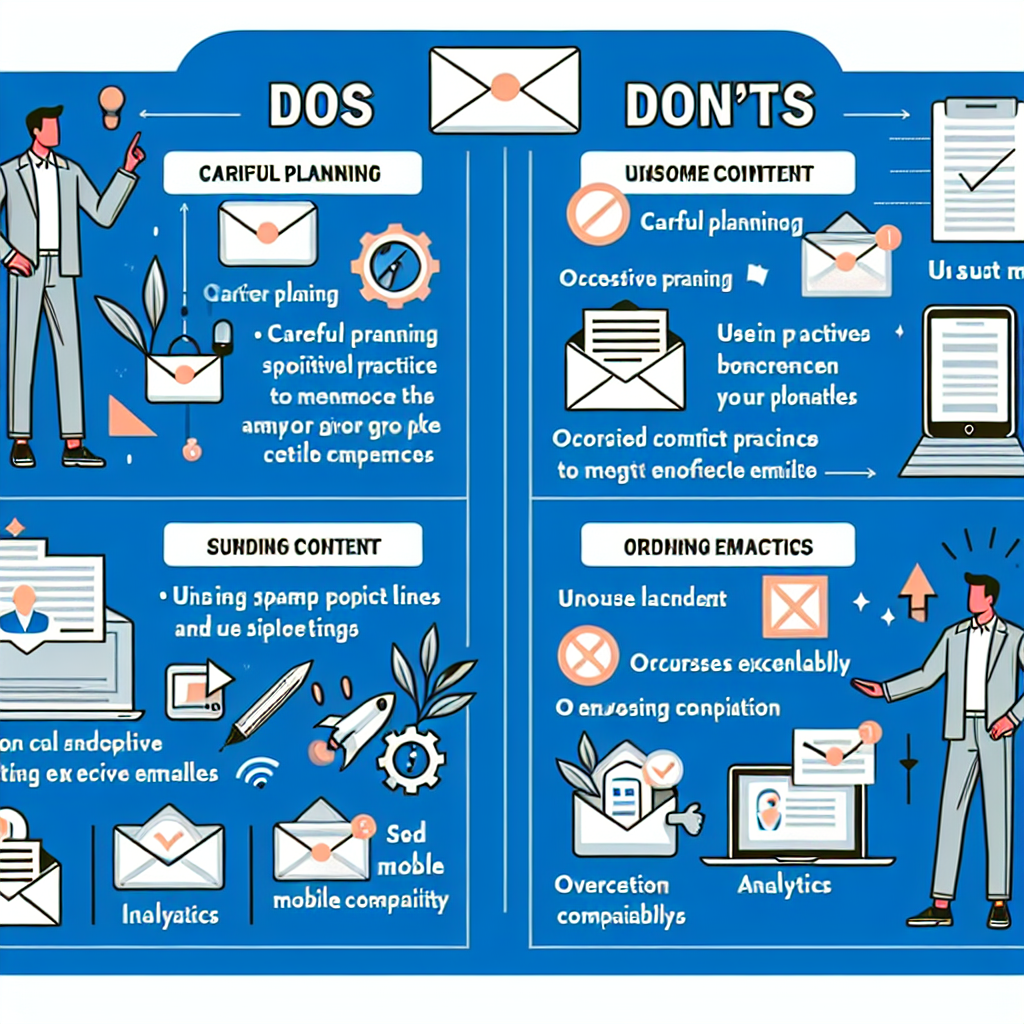10 Conversion Optimization Tactics You Need to Know
In today’s competitive digital landscape, optimizing your website for conversions is more critical than ever. Whether you’re running an e-commerce store, a SaaS business, or a content site, conversion optimization can significantly impact your bottom line. This guide will walk you through 10 essential conversion optimization tactics that you need to know to boost your website’s performance.
1. Understand Your Audience
Before you can optimize for conversions, you need to understand who your audience is. Conducting market research and creating detailed buyer personas can help you tailor your content and offers to meet the specific needs and preferences of your target audience.
Using tools like Google Analytics, social media insights, and customer surveys can provide valuable data on your audience’s demographics, interests, and behaviors. This information will enable you to create more personalized and engaging experiences that drive conversions.
2. Optimize Your Website’s User Experience (UX)
A seamless and intuitive user experience is crucial for conversion optimization. If your website is difficult to navigate, slow to load, or cluttered with distractions, visitors are likely to leave without taking any action.
Focus on creating a clean and user-friendly design with easy navigation, fast loading times, and clear calls-to-action (CTAs). Regularly test and analyze your site’s performance using tools like Google PageSpeed Insights and Hotjar to identify and fix any UX issues.
3. Craft Compelling Calls-to-Action (CTAs)
Your CTAs are the driving force behind conversions. They should be clear, compelling, and strategically placed throughout your website. Use action-oriented language that encourages users to take the desired action, such as “Buy Now,” “Sign Up,” or “Get Started.”
Experiment with different CTA designs, colors, and placements to see what resonates best with your audience. A/B testing can be a valuable tool in optimizing your CTAs for maximum impact.
4. Leverage Social Proof
Social proof is a powerful psychological trigger that can influence purchasing decisions. Displaying customer reviews, testimonials, case studies, and trust badges on your website can help build credibility and encourage visitors to convert.
According to a Nielsen study, 92% of consumers trust recommendations from friends and family over any other type of advertising. Leverage this trust by showcasing positive feedback and user-generated content prominently on your site.
5. Implement A/B Testing
A/B testing, also known as split testing, involves comparing two versions of a web page or element to determine which one performs better. This method allows you to make data-driven decisions and optimize your site based on real user behavior.
Test different headlines, images, CTAs, and layouts to see what resonates best with your audience. Tools like Optimizely and VWO can help you set up and analyze your A/B tests effectively.
6. Use High-Quality Images and Videos
Visual content can significantly impact your conversion rates. High-quality images and videos can make your website more engaging and help convey your message more effectively.
According to a study by EyeView Digital, using videos on landing pages can increase conversions by up to 86%. Ensure that your visuals are relevant, high-resolution, and optimized for fast loading times.
7. Simplify Your Forms
Complex and lengthy forms can be a major barrier to conversions. Simplify your forms by only asking for essential information and using clear labels and instructions.
Consider using multi-step forms that break down the process into smaller, more manageable steps. This approach can reduce friction and increase form completion rates. According to a study by HubSpot, reducing the number of form fields from four to three can increase conversions by 50%.
8. Offer Incentives
Incentives can be a powerful motivator for conversions. Offering discounts, free trials, or exclusive content can encourage visitors to take action and convert.
Ensure that your incentives are valuable and relevant to your audience. For example, if you’re running an e-commerce store, offering a discount code for first-time customers can be an effective way to drive initial sales.
9. Optimize for Mobile
With the increasing use of mobile devices, it’s essential to ensure that your website is fully optimized for mobile users. A mobile-friendly site not only improves the user experience but also impacts your search engine rankings.
Use responsive design to ensure that your site looks and functions well on all devices. Google’s Mobile-Friendly Test tool can help you identify any issues and optimize your site for mobile users.
10. Analyze and Iterate
Conversion optimization is an ongoing process. Continuously analyze your website’s performance using tools like Google Analytics, heatmaps, and user feedback. Identify areas for improvement and iterate on your strategies to achieve better results.
Regularly review your key performance indicators (KPIs) and set specific, measurable goals for your conversion optimization efforts. By staying proactive and data-driven, you can continually improve your site’s conversion rates and overall performance.
Conclusion
Optimizing your website for conversions is essential for driving growth and achieving your business objectives. By understanding your audience, enhancing the user experience, leveraging social proof, and implementing data-driven strategies, you can significantly improve your conversion rates.
Remember that conversion optimization is an ongoing process that requires continuous analysis, testing, and iteration. By applying these 10 tactics, you’ll be well-equipped to create a high-performing website that converts visitors into loyal customers.

